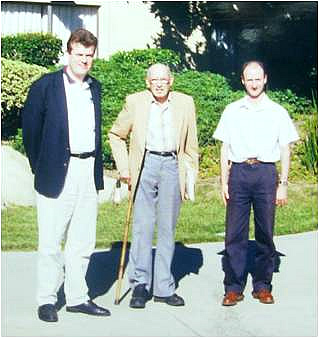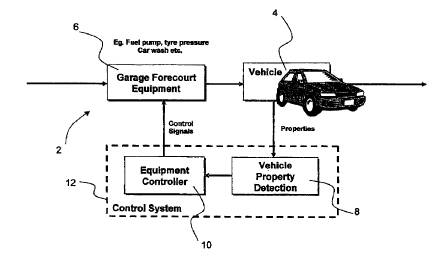So there’s consensus within your organisation that now is the time to innovate. Competitive pressures are mounting up and more than ever you need to develop that unique solution for your customers to ensure your business continues to be a success. But you want to get that innovation to the market fast. There is enormous pressure to start working on a solution, any solution.
You conduct some research, look at current solutions available and before you know it, decisions are made and resources are diverted into product development. But months down the line the “innovation” is launched to the market only to become a commercial flop. Your innovation didn’t really solve a problem. There’s no demand for your product.
So what went wrong? Well, the organisation was too quick to focus on a solution without properly understanding the customers’ outcomes. In my paper “The Innovation Lens“, I discussed Anthony Ulwick’s Outcome-Driven Innovation Model which focuses on the jobs the customer will do with or without the solutions available.
Customer outcomes should relate to the job the customer is trying to get done; they should not include a solution or features. Don’t unnecessarily narrow the scope of innovation to something the customer is currently using rather than what the customer is trying to get done. Current products and services are merely point-in-time solutions that enable customers to execute jobs.
In trying to analyse the customer outcomes, Ulwick believes that most projects fail not because customers don’t understand the problem but because the people trying to solve the problem don’t ask the right questions. So whilst we need to carefully eliminate assumed solutions from our customers’ need statements, we also need to set the research objectives correctly in the first instance.
Take our recent participation in the MOD Grand Challenge as an example. The aim of the Grand Challenge was to:
“Create a system that can detect, identify, locate and report a comprehensive range of military threats in a hostile urban environment, with a high degree of autonomy “.
By specifying the need for autonomy, an element of the solution was outlined within the main objective, thereby seriously restricting the scope for an early innovation. Autonomous general purpose threat detection is a very hard problem that is unlikely to be solved any time soon. And yet, soldiers need a solution to detect threats right now. By saying that the solution must be autonomous closes the door on an “Apple iPod” type innovation that is highly productive and ergonomic.
In setting the outcome criteria for the competition, it would have been better in terms of number of threats identified, minimising false positives and location errors. And to reward the benefits of autonomy, the underlying criteria could have been set as: minimising the number of people to operate the system, the time to perform the task, or to maximise the stand-off range and maybe add the constraint that operators should have their “eyes out” rather than “eyes down” for better safety under gunfire. Expressing the criteria in this way provides scope for other radical ways of solving problems other than through autonomy.
We need to move off the solution when looking for ways to innovate. We need to talk about jobs, outcomes and constraints instead of solutions and give innovation a chance.
Give Innovation a Chance – Move off the Solution!
So there’s consensus within your organisation that now is the time to innovate. But months down the line the “innovation” is launched to the market only to become a commercial flop. So what went wrong?


 Counterfeiters want to make a killing from your intellectual property and when it comes to faking drugs they often do. Criminals can make more money from illegally trading pharmaceuticals than narcotics and the penalties are much lower.
Counterfeiters want to make a killing from your intellectual property and when it comes to faking drugs they often do. Criminals can make more money from illegally trading pharmaceuticals than narcotics and the penalties are much lower. Lessons can be learnt from the banknote industry where they have successfully grappled with the problem for the last 300 years. Essentially they take a systems approach with an extensive infrastructure for managing the cash cycle. There are comprehensive accounting systems with appropriate automation for quickly spotting irregularities. Banknotes are serialised with multiple security features and layers.
Lessons can be learnt from the banknote industry where they have successfully grappled with the problem for the last 300 years. Essentially they take a systems approach with an extensive infrastructure for managing the cash cycle. There are comprehensive accounting systems with appropriate automation for quickly spotting irregularities. Banknotes are serialised with multiple security features and layers.




